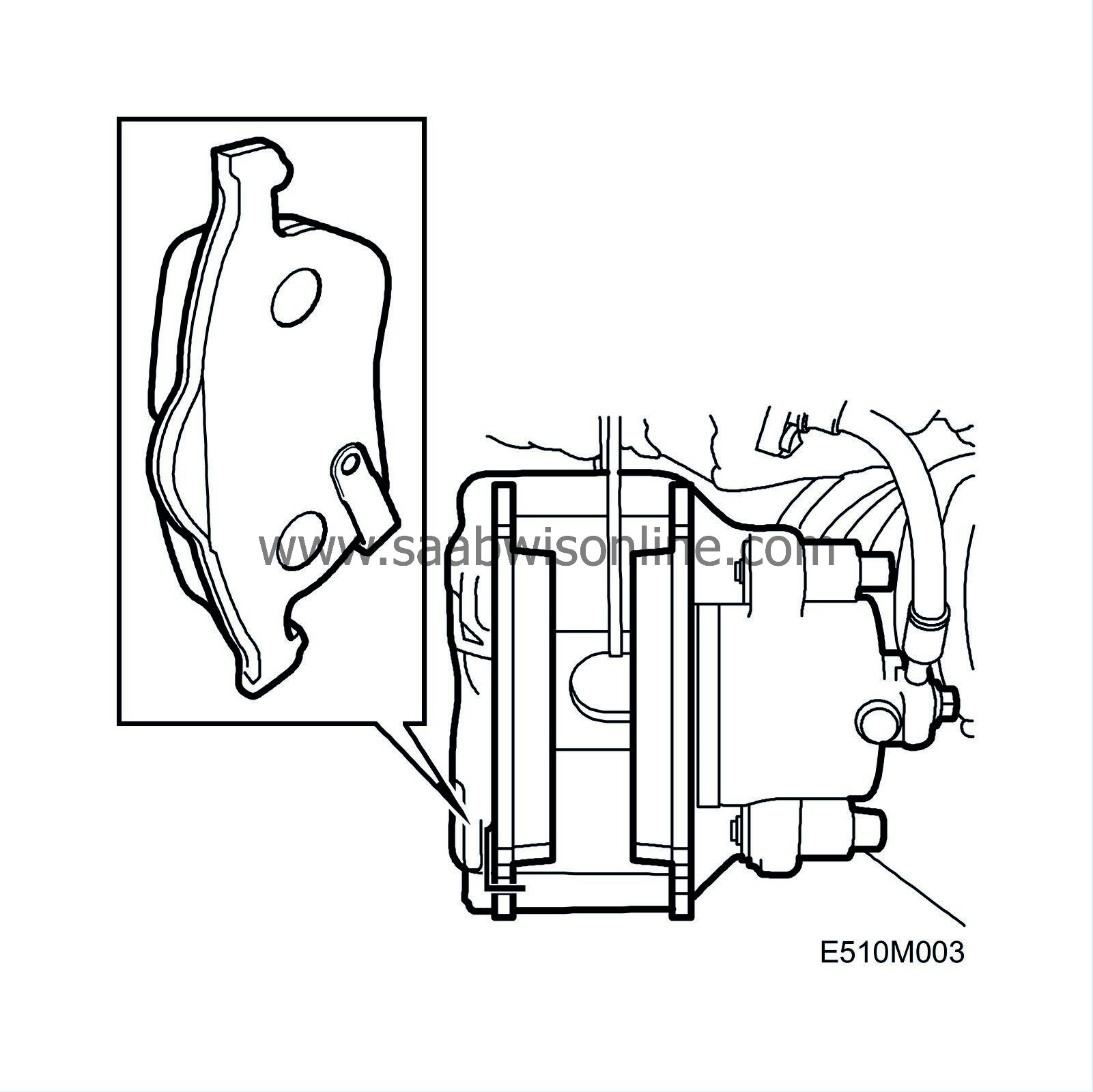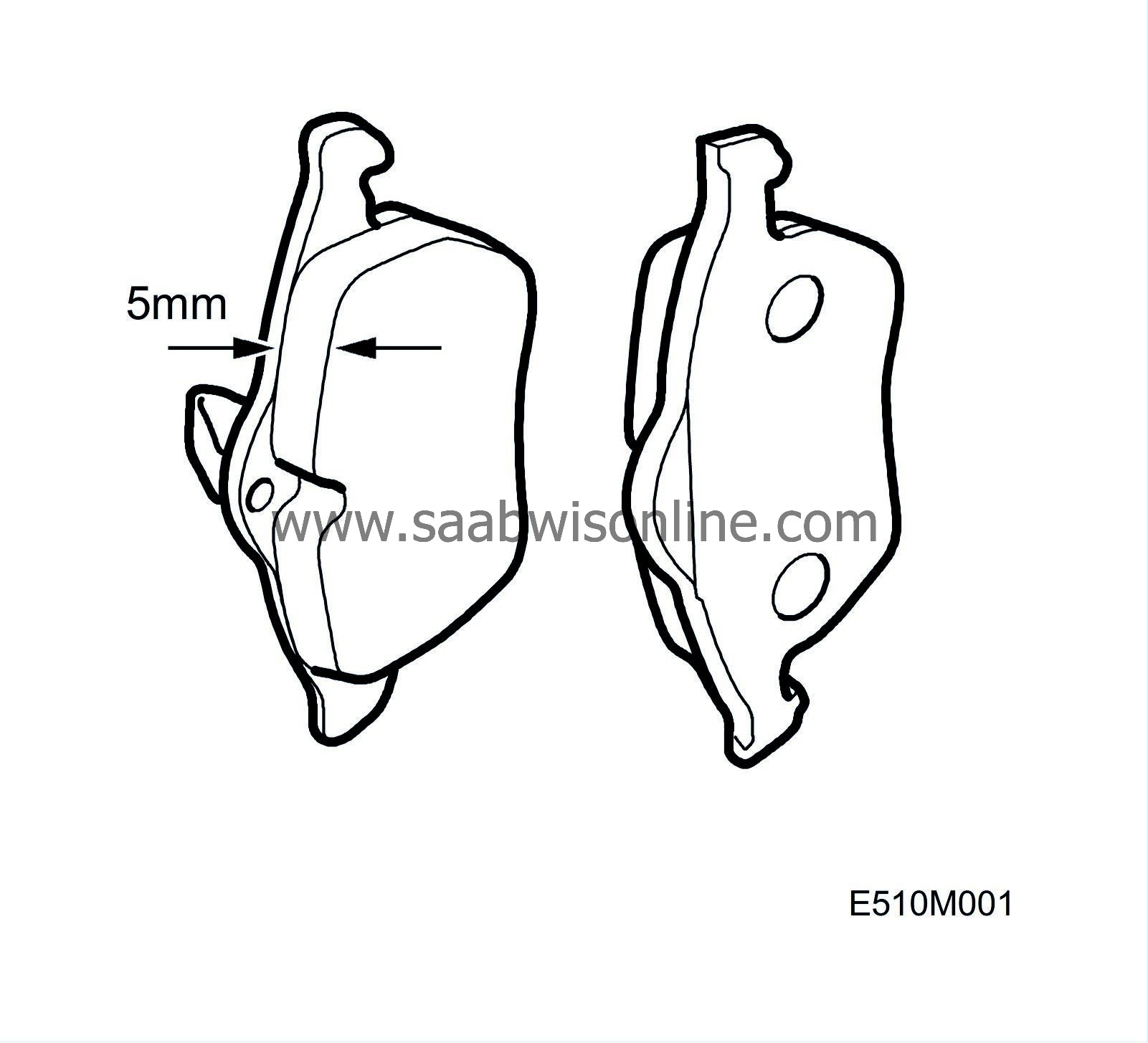Brake system, pads and handbrake
| Brake system, pads and handbrake |
| Brake pads, brake shoes and brake discs |
| • |
Remove the wheels.
|
|
| • |
Check the thickness of the brake pads and brake shoes and the condition of the brake discs.
|
|
| • |
It is advisable to change the pads when they have worn down to a thickness of 5 mm (0.16 in) or less.
|
|
| • |
Check that the acoustic pad-wear warning device is intact.

|
|
| • |
It is advisable to change the handbrake shoes if more than 10 turns of the thread are visible when looking through a hole in the disc.
|
|
| Handbrake |

Check the lever travel. If the wheels are not locked at the 4th notch, the handbrake must be adjusted.
| • |
Release the handbrake.
|
|
| • |
Check that the cable does not act on the levers. If necessary, slacken the cable adjusting nut.
|
|
| • |
Using a screwdriver, unscrew the adjuster until the brake disc is blocked.
|
|
| • |
Then screw the adjuster back until the brake disc can be rotated.
|
|
| • |
Repeat this procedure on the other rear wheel.
|
|
| • |
Fit the wheels and tighten the wheel bolts, using a torque wrench.
Tightening torque: 110 Nm (80 lbf ft).
|
||||||||||
| Check the amount of handbrake lever travel in reserve |

| • |
Apply the handbrake 1 notch.
|
|
| • |
Raise the car so that the rear wheels can be rotated.
|
|
| • |
Tighten the adjusting nut on the handbrake lever (accessible through the hole behind the carpet in the front wall of the centre console storage compartment) until the brake starts to act.
|
|
| • |
Release the handbrake and apply it again. The wheels should lock up by the 1st-4th notch.
|
|
| • |
Lower the car to the floor.
|
|



